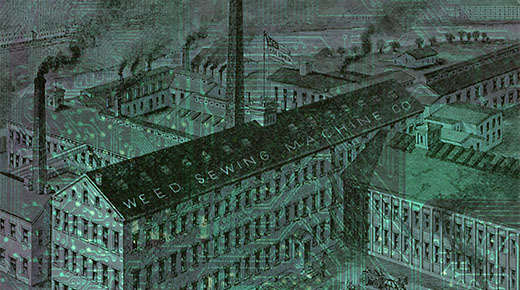It’s an article of faith that technological innovation is crucial to prosperity and is currently changing our lives at an unprecedented rate, but how do we know if the pace of pioneering breakthroughs is any faster today than it was during Thomas Edison’s era? In fact, some economists argue that today’s information revolution has had much less impact on our lives than the big inventions of the late 19th century had on people living then.
|
ADVERTISEMENT |
The problem is that it’s very difficult to isolate the truly epic inventions from those that are incremental or trivial and thus to compare historic innovation trends. That in turn makes it hard to identify the policies or conditions that are likely to spur more breakthroughs.
Now, a team of researchers that includes Stanford Graduate School of Business professor Amit Seru has developed a novel strategy that applies big data computing to several million patent-text documents to rank the innovative importance of almost every U.S. patent during the past 200 years—and to identify historical spikes of epic inventing.
…

Add new comment